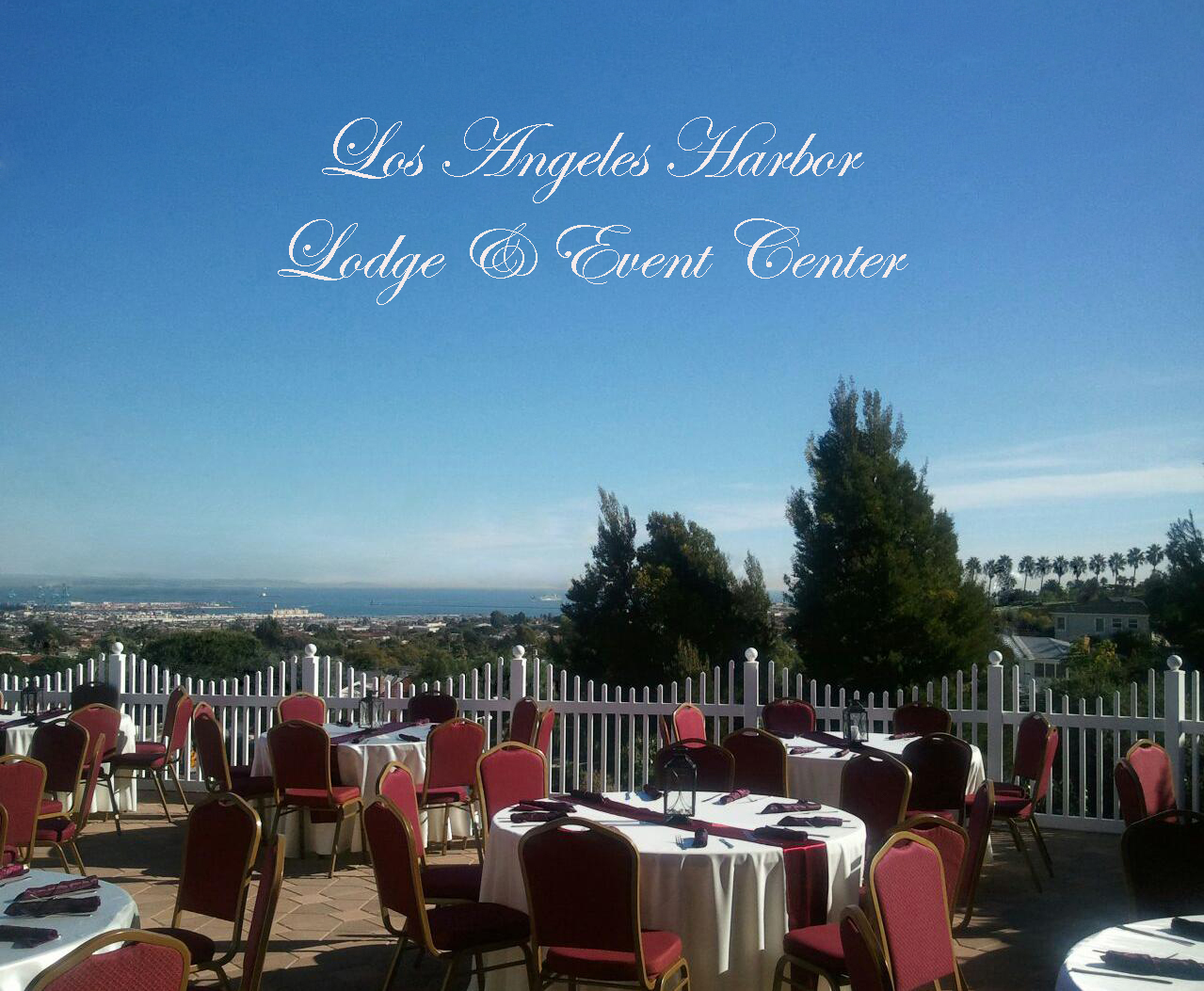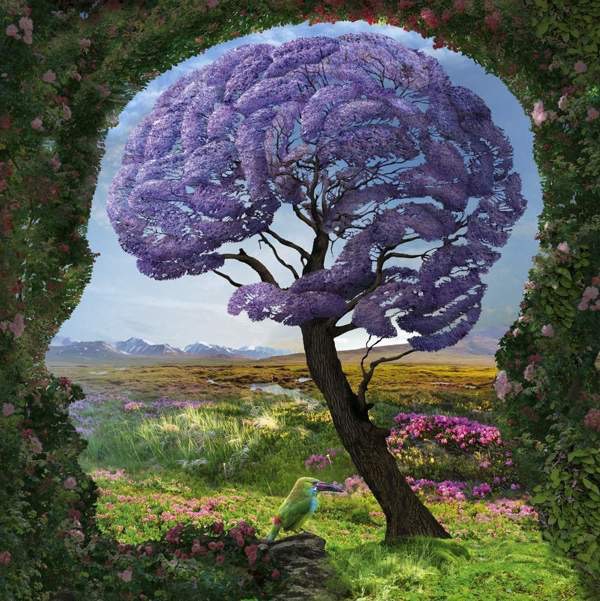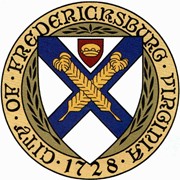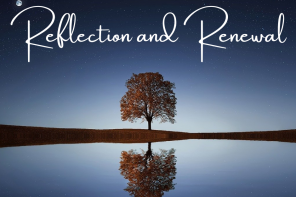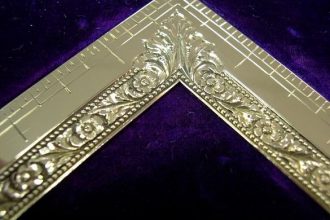As Freemasonry in the United States began to attract fewer and fewer members after 1970, Masons looked around for the causes of this decline. As the decline accelerated during the last three decades of the last century, grand lodges began to adopt programs to address this decline, and to change existing requirements for progressing through the degrees of Masonry.
The debate centered around whether it was necessary any longer for candidates to memorize the old candidate proficiencies, and whether it was really necessary to confer the three degrees of ancient craft Masonry only after a candidate had memorized and delivered in open lodge what were often perceived as impediments for Entered Apprentices and Fellow Crafts to become Master Masons. Students of Freemasonry were well aware that these proficiencies had at one time been the lectures delivered to candidates after the conferral of a degree, and only at a later date had candidates been required to memorize them and deliver them in lodge as a condition for advancement to the next degree. If so, then why not abandon this requirement so that it would be easier to become a Master Mason? This, in turn, might encourage men to apply for the degrees of Masonry, and thus stop the decline in membership.
California took this route in 1997, when the delegates to the annual communication removed the requirement that a candidate recite the historic proficiencies, and replaced them with the requirement that the Entered Apprentice and Fellow Craft Masons only needed to memorize the obligation of the degree concerned, along with the words, signs, and modes of recognition, and deliver those in a tiled lodge before he could take the next degree. The proficiency for the Master Mason degree was not similarly shortened, but as the candidate did not need it for advancement beyond that degree, there was no impact on the candidate caused by its retention.
Upon passage of this legislation, Grand Master Anthony P. Wordlow was asked to decide whether the older “long form” proficiencies could still be used. He ruled that they could be used, but the option to do so rested with the candidate alone. At a later time, these shortened proficiencies were augmented with a requirement that the candidate pass a basic education written test pertaining to the degree concerned. But no memory work was associated with the latter requirement as the test was to be an open book examination.
This change has remained somewhat controversial amongst Masons in California, and while honoring the condition in our law that the choice of a “short form” or “long form” proficiency is strictly up to the candidate, candidates are often encouraged to memorize and deliver the long form.
Memorizing the long form of the proficiencies not only has a historic place in Freemasonry, but is actually tied up with our symbolism and ethos. One of the streams of which Freemasonry is composed is the Renaissance Hermetic Tradition. This tradition built upon and expanded the concept of the art of memory, which was thought to be an important skill. In her 1966 book, The Art of Memory, scholar Frances Yates writes:
The art of memory is like an inner writing. Those who know the letters of the alphabet can write down what is dictated to them and read out what they have written. Likewise those who have learned mnemonics can set in places what they have heard and deliver it from memory, “For the places are very much like wax tablets or papyrus, the images like the letters, the arrangement and disposition of the images like the script, and the delivery is like the reading.”
Yates is quoting from a first century BC work called Ad Herennium, which caught the interest of philosophers during the Renaissance. It was the concept of this “inner writing” that intrigued them, and which passed into Freemasonry from these philosophers. It is thus that this “art of memory” is an important part of Freemasonry – not just something which must be endured, or even abandoned. And although Masons may differ on how much “memory work” should he required of candidates as they advance, there is little question that memorization performs a much more important function in Freemasonry than just learning some antique language by rote. It is actually a form of inner writing, which gives the candidate an additional dimension of the initiatic process. Our ritual states:
Tools and implements of architecture most expressive are selected by the Fraternity to imprint upon the memory wise and serious truths; and thus, through the succession of ages, are transmitted unimpaired the most excellent tenets of our Institution.
Although not as commonly known as our other “tools and implements,” the art of memory is one of the most important.
by John L. Cooper, III
Reprinted by kind permission from the Southern California Research Lodge’s “Fraternal Review.”
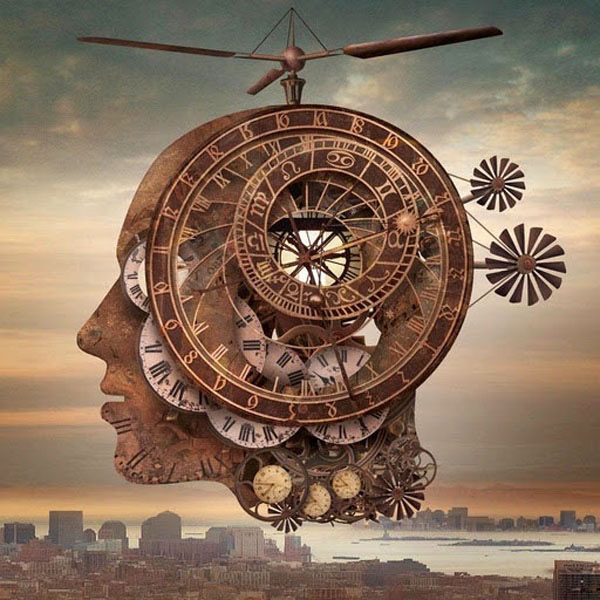
The author is a Past Grand Master of the Grand Lodge of California and served 17 years as Grand Secretary. Most Worshipful Cooper is a Past Master of the James A. Foshay Lodge No. 641 (now Culver City-Foshay Lodge No. 467), Southern California Research Lodge No. 1005, and the Northern California Research Lodge No. 1003. He has served on several Grand Lodge boards and committees, including the Masonic Homes of California, California Masonic Memorial Temple, Masonic Formation, and Masonic Education. He holds the Chevalier Degree and the Active DeMolay Legion of Honor, and is an honorary member of the International Supreme Council. Interest in the historical aspects of Freemasonry led Cooper to the York and Scottish Rites, where he has received the Knight of the York Cross of Honor, the Distinguished Service Medal in Silver from the General Grand Chapter of Royal Arch Masons, the rank of Knight Commander of the Temple in the Grand Encampment of Knights Templar and the Inspector-General Honorary of the 33rd degree of the Scottish Rite.
